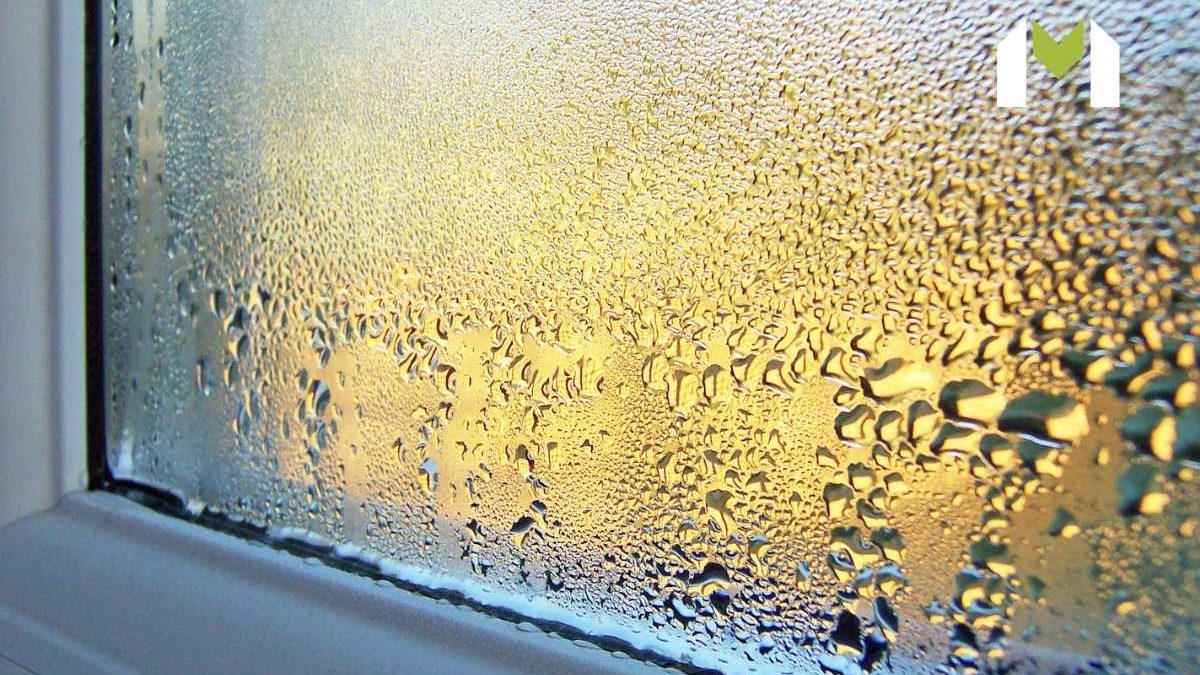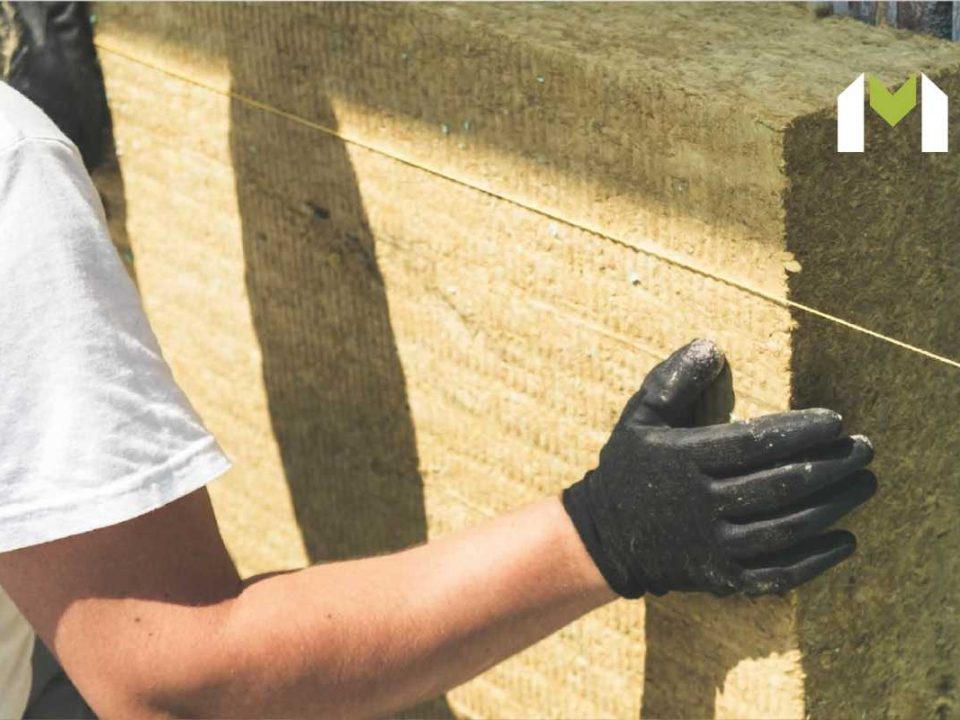Moisture in structures comes from a variety of places. It can lead to mould growth and condensation if not properly regulated, which affects roughly 15% of homes in England. Internal (interstitial) condensation can be difficult to identify until the building fabric has been severely damaged.
When air, which is completely saturated with water vapour, comes into contact with a surface that is cooler than the air, condensation (conversion of water vapour from liquid to water) occurs as the air against the cooler surface cannot store as much moisture as the surrounding air.
The occurrence of condensation is a relationship between
- building location
- water vapour
- temperatures
- air movement
- choice of materials
At Mayplas we use software that performs condensation risk analyses using the methods described in BS EN ISO 13788 and BS 5250.
One significant factor we need to perform a condensation risk analysis is we need to know the location of the building. If this is not known, then we will use ‘worst case scenario’ external temperature and humidity data. *
* This is data is from Eskdalemuir, Scotland. Eskdalemuir holds the UK weather record for the highest rainfall in 30 minutes: 80 mm recorded on 26th June 1953.
There are many ways of preventing internal (interstitial) condensation by choosing materials carefully.
- Materials with vapour control properties should be positioned on the warm side of the structure, such as the Mayplas Liner Unit, with optional aluminium foil vapour barrier. These materials must be carefully sealed against each other and penetrations in them also sealed.
- Materials with low vapour resistance should be positioned on the cool side of the construction.
- If the external weather proofing material is vapour impermeable (i.e. with rainscreen) then ventilated cavities on the cold side will be needed.
The example below shows one solution.
The standard plasterboard lacks vapour control qualities, water vapour passes through it and condenses as a liquid when it reaches the PIR’s internal foil face.
By putting an Mayplas PIR foiled laminated Liner, with optional aluminium foil vapour barrier on the warm side, not only does this eliminate the need to infill between the SFS to maintain the system’s 0.22 U value, but it also prevents interstitial condensation occurring on the internal foil face of the PIR.



